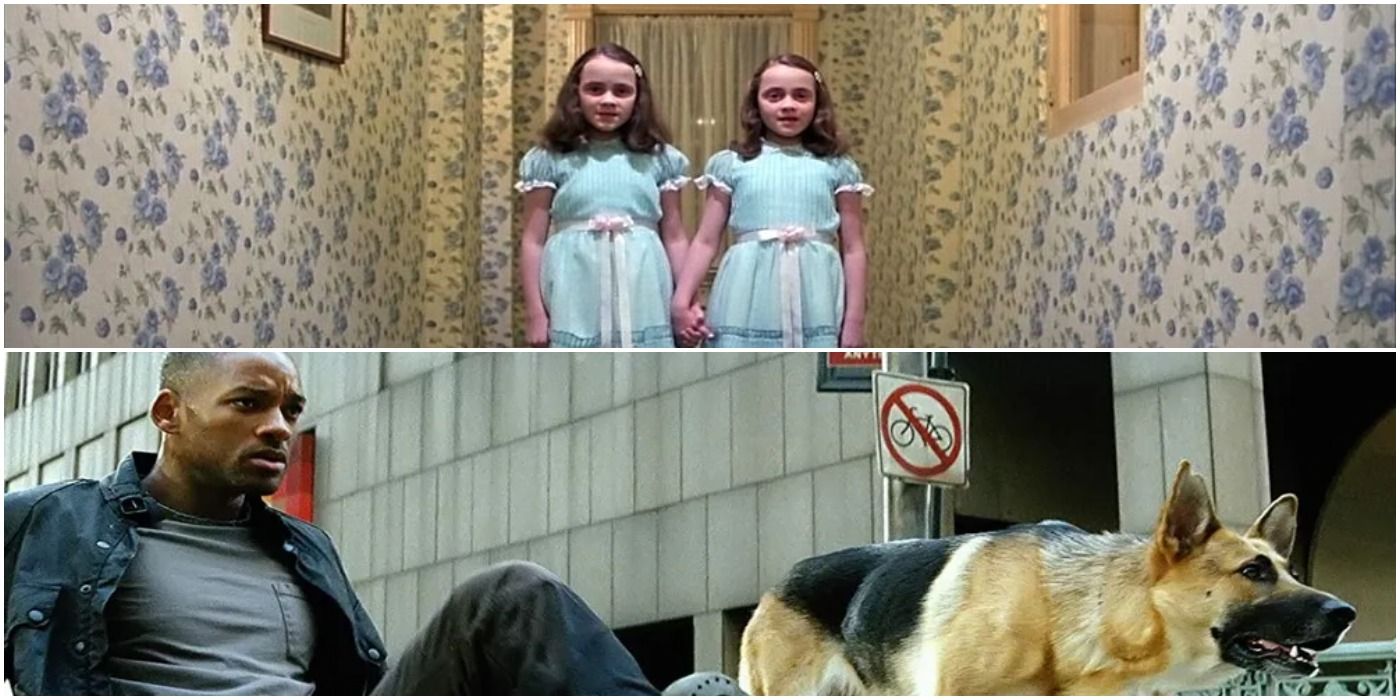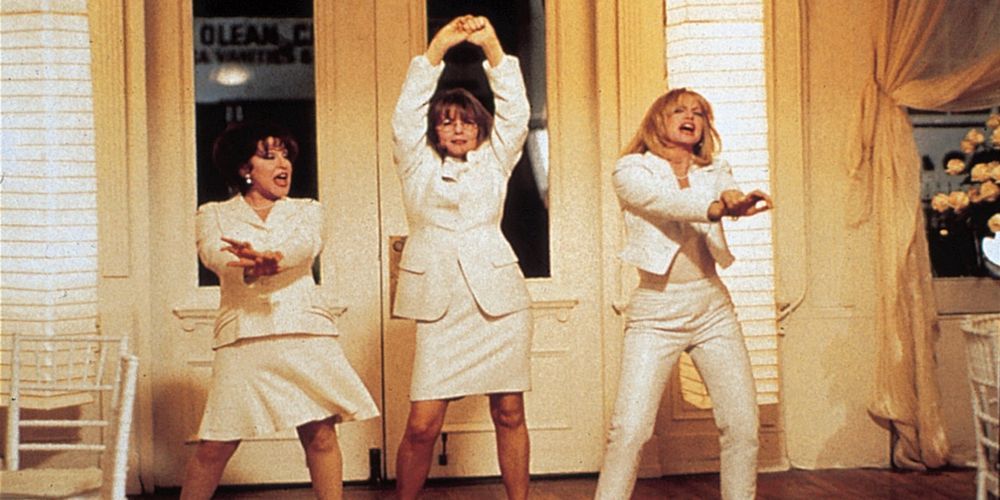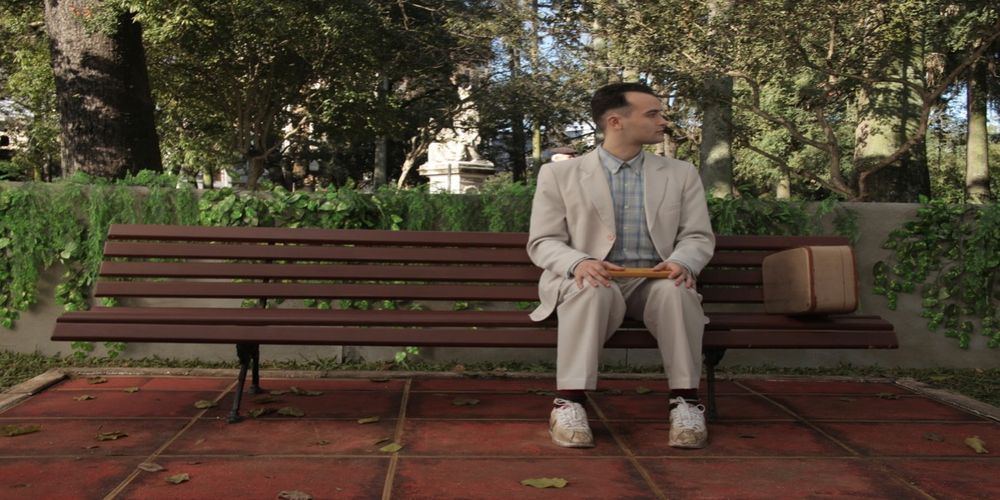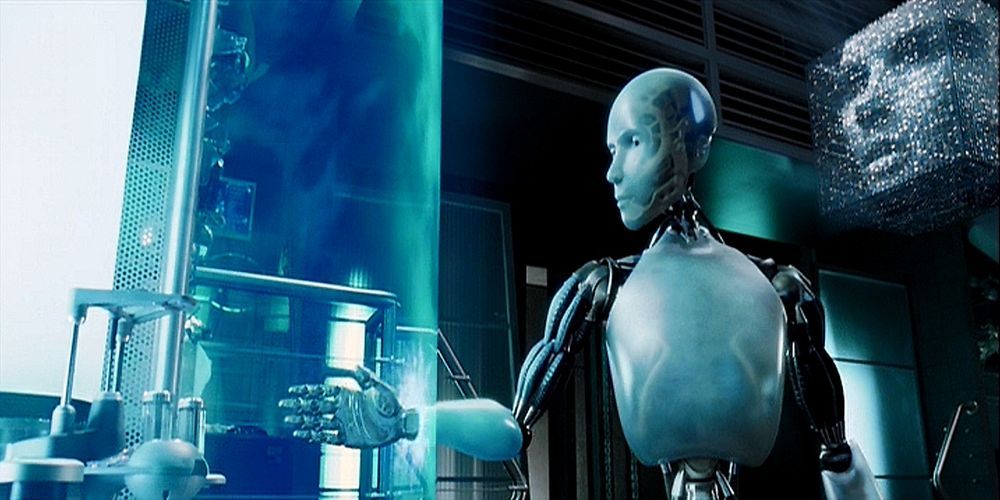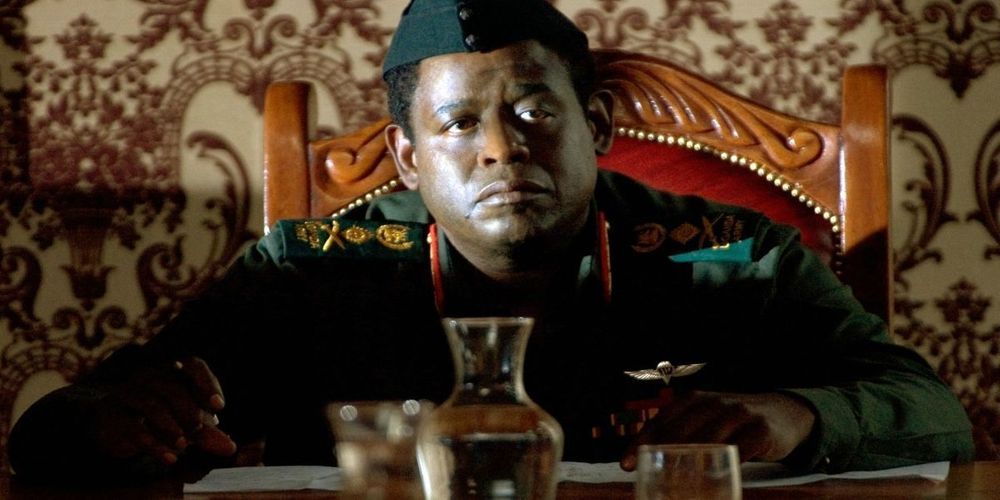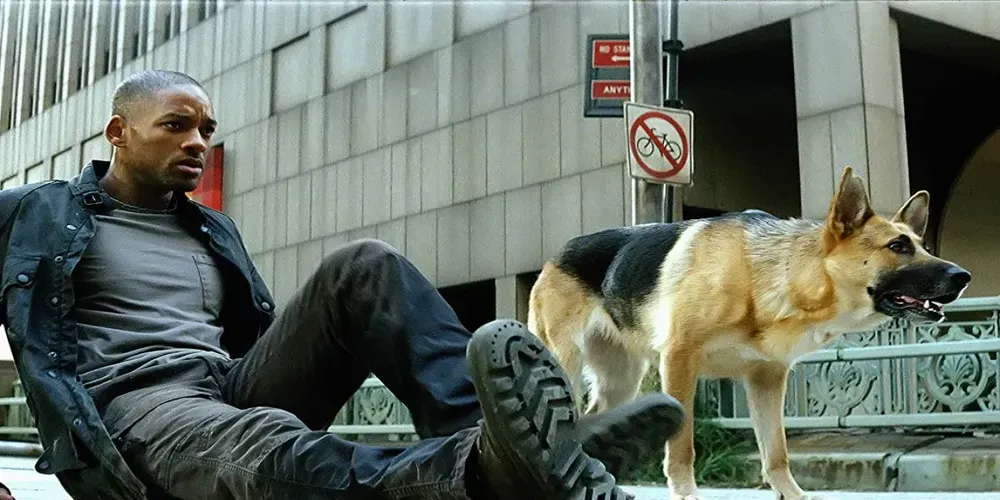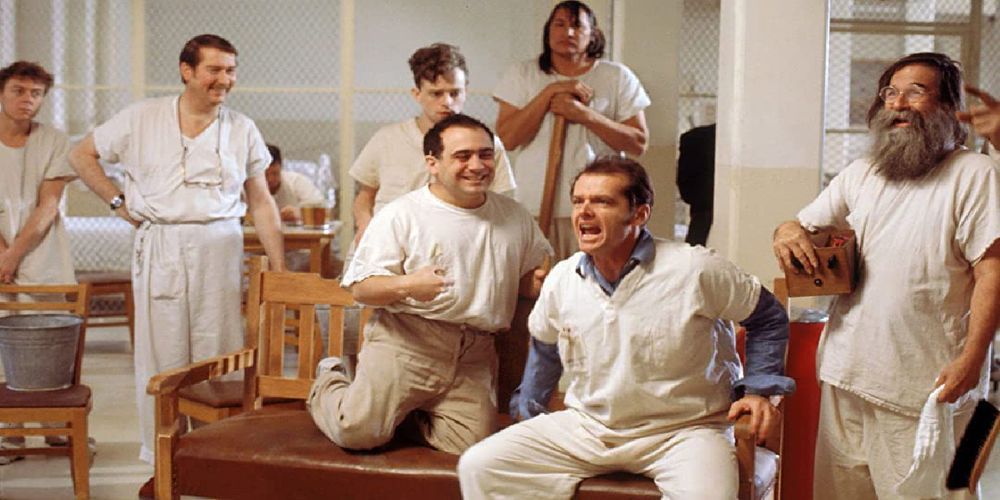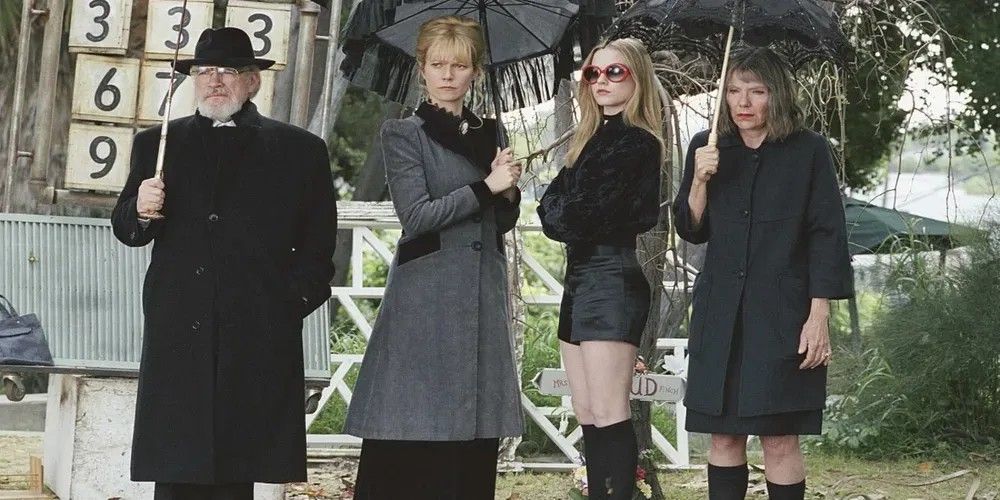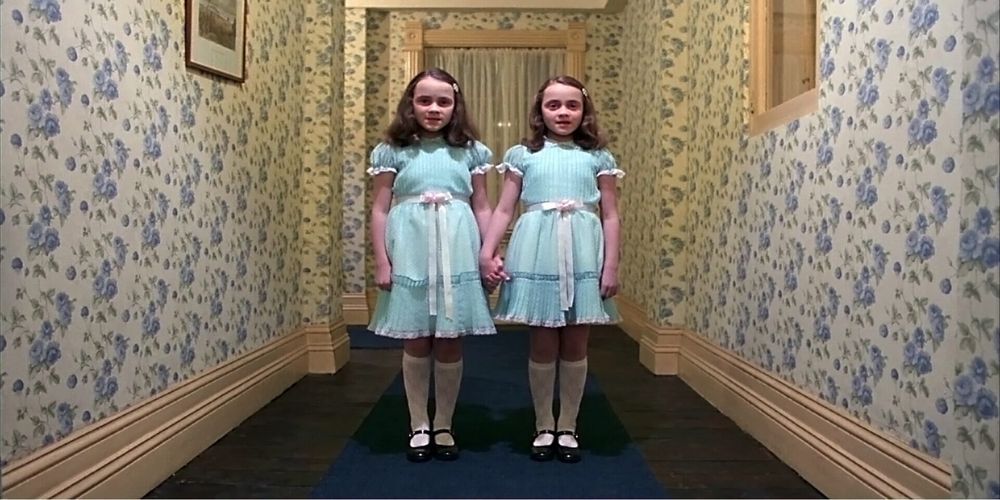Popular novels make excellent source material for feature films. The well-developed stories provide filmmakers with a pre-established idea that is fully fleshed out, characters with multifaceted personalities, and compelling settings. The biggest choice filmmakers when they take on the task of adapting a novel is simple: stay faithful to the source, or take it in a new direction?
Some filmmakers choose to follow their chosen novel's story to the letter, right down to infusing original dialogue into their screenplays. Others decide to use the source material as a basis for inspiration, but change the story to suit their artistic vision. These differentiated adaptations sometimes feature different characters, new settings, or interesting plot twists that expand on the original novels.
8 The First Wives Club Only Skims The Surface
The First Wives Club is a hilarious tale of three scorned women exacting satisfying revenge on the men in their lives, but the film doesn't dive as deeply into the characters as the novel does. All three female characters are well-developed in the film, but the book gives readers vastly expanded backstories for each. The book also humanizes the husbands slightly more than the movie, which portrays them as one-dimensional "villains" in the lives of the main characters. The film's version certainly has more comedic value without those details, so the changes make sense for the silver screen.
7 Forrest Gump Invents An Iconic Catchphrase
There's no doubt that the story of Forrest Gump is heartwarming and compelling in both versions, but the personality of the film version differs significantly from the novel. The film version of Forrest is good-natured, but clearly not the brightest person. The novel version of him is similar, but there are moments in which he shows himself to be more intelligent than he seems.
One of the biggest differences between the two iterations of Forrest is one of the most iconic parts of the film: Forrest's uncanny running abilities. Anyone who has heard of the film is at least somewhat familiar with the well-known catchphrase "Run Forrest, run!" However, this catchphrase (and the running abilities it references) are nowhere to be found in the book. This catchphrase is just an example of Hollywood adding a little extra magic to an established story.
6 I, Robot Went In A Totally Different Direction
Issac Asimov's collection of connected short stories is given an impressive modern update in this film, but there are very few similarities between the book and the film. The book's premise does serve as the inspiration for the movie, but the film's plot focuses much more heavily on the human characters than Asimov's version. There are also a significant number of events in the film that don't appear in the book, but nonetheless contribute to the glossy sci-fi feel of the movie. Diehard Asimov fans have very mixed feelings about the changes the film makes to the original source, but the movie performed well despite these misgivings.
5 The Last King Of Scotland Is A Very Loose Adaptation
Forest Whitaker gives a brilliant performance as Idi Amin, the ruthless Ugandan dictator, in this 2006 film. The story is delivered via his personal physician, who gives viewers first-hand accounts of Idi Amin's public and private personas. The ambitious dictator suffered delusions of grandeur, believing himself to be the King of Scotland. The physician himself is a Scottish missionary, who came to Uganda in search of a fresh adventure. He certainly got more than he bargained for in working with Amin.
The film is a loose adaptation of Giles Foden's first novel of the same name, which itself is a loose interpretation of the real-life dictator's story. The film takes even further liberties with the story by including undertones of Shakespeare's Macbeth, adding additional layers of tragedy to an already harrowing tale.
4 I Am Legend Has A Very Different Ending
There are a lot of surface-level differences between Richard Matheson's original novel and the film starring Will Smith. The stories occur on opposite coasts, and the lone-wolf protagonists have very divergent backstories, with Will Smith playing a more modernized version of Dr. Robert Neville. But the biggest change from the novel to the film is the way the story ends. The novel's conclusion, in which Dr. Neville questions his own actions, leaves readers with a deep message to reflect on, while the movie opts for a more flashy "Hollywood" ending. The film had an alternate ending as well, but neither version quite captured the weight of the novel's original ending.
3 One Flew Over The Cuckoo's Nest Switches The Point Of View
One Flew Over The Cuckoo's Nest stars Jack Nicholson as Randle Patrick McMurphy, a mental institution patient who finds himself at odds with the attending nurse, Nurse Ratched, at every turn. He is the protagonist of the film, despite his sometimes questionable antics, and is a lovable and compelling character.
However, his center-stage position in the film represents a huge change from the story writer Ken Kesey told in the original novel. Chief, one of the many important side characters, is the true hero of the novel, serving as both the overall narrator and the deliverer of the McMurphy vs. Ratched saga. This change in point of view creates a huge divide between novel and film, but both versions are enjoyable in their own ways.
2 Running With Scissors Changes The Message
Running With Scissors, by Augusten Burroughs, is a sensationalist memoir about a young boy trying to navigate through a very off-color home life. The book spans most of the narrator's childhood and has both humorous and harrowing elements woven throughout. The film has a star-studded cast, including Alec Baldwin and Gwyneth Paltrow. It is faithful to the portrayal of the narrator's family, but where it starkly differs is the narrator's outlook.
In the book, the narrator has a disparaging but loving attitude towards his family, and learns to accept them - and himself - as they are. In the movie, however, the narrator is cynical and disillusioned throughout and focuses on escaping from his family by moving to New York. This difference in attitude creates a huge shift in the overall message of the story between the film and the book.
1 The Shining Deals Jack A Different Fate
Stephen King has admitted to not being a very big fan of this adaptation of his 1977 bestseller, but the film is still largely regarded as a classic. Stanley Kubrick's rendition of The Shining differs pretty widely from the original source material, despite keeping the same premise.
This is especially true of the ending: the novel crescendos into a boiler explosion and subsequent fire, which kills Jack but leaves the rest of the family alive. In the film, Jack is dealt a somehow more gruesome fate, freezing to death outside in the process of chasing his own son, Danny, with an ax. Whereas the novel gives readers a comforting epilogue to end the story on a more neutral note, the ending of the film is much bleaker.

